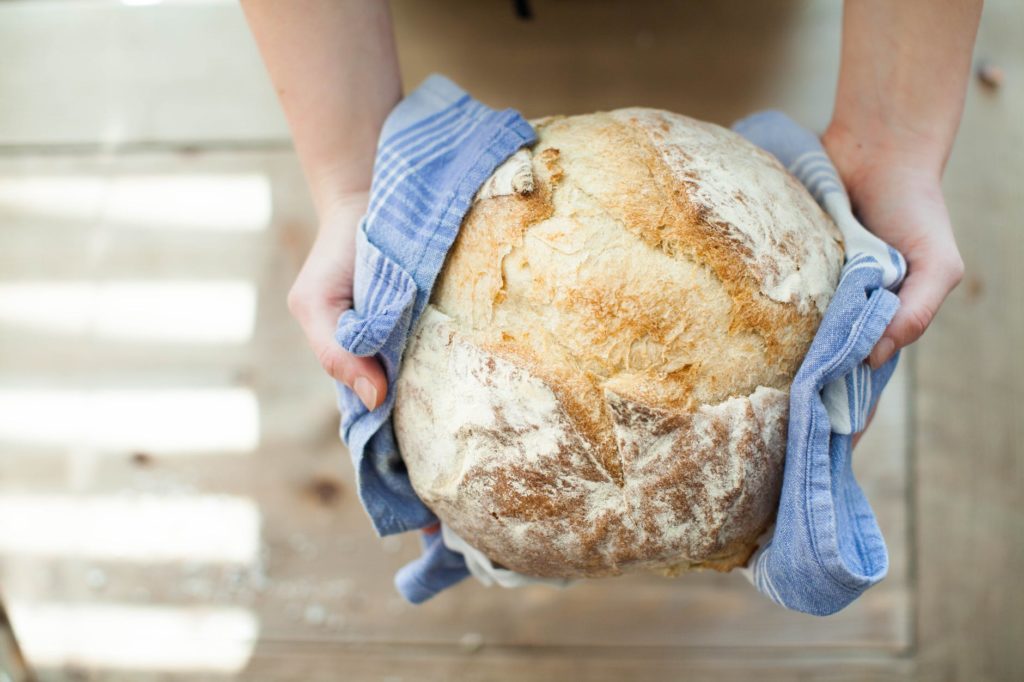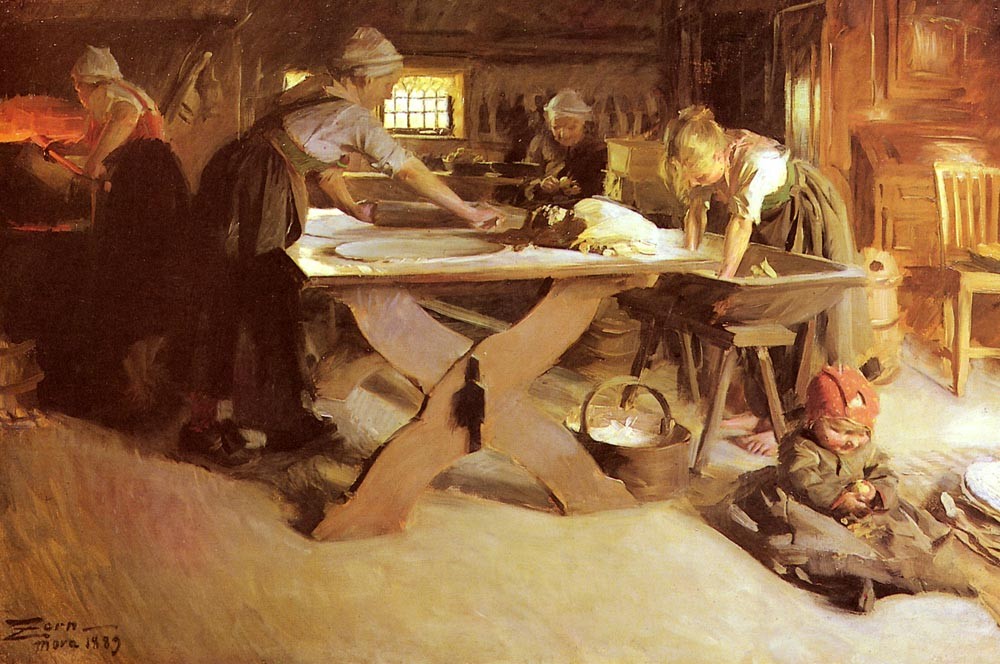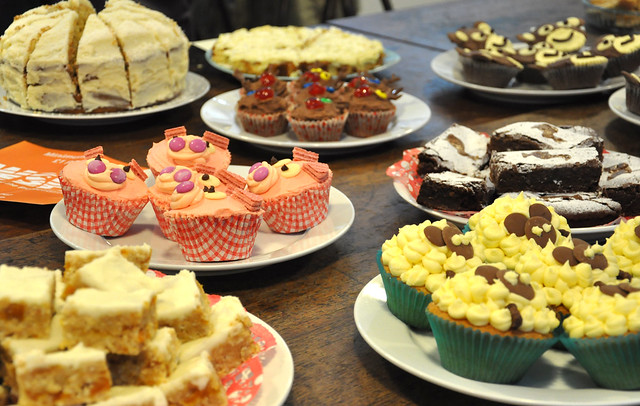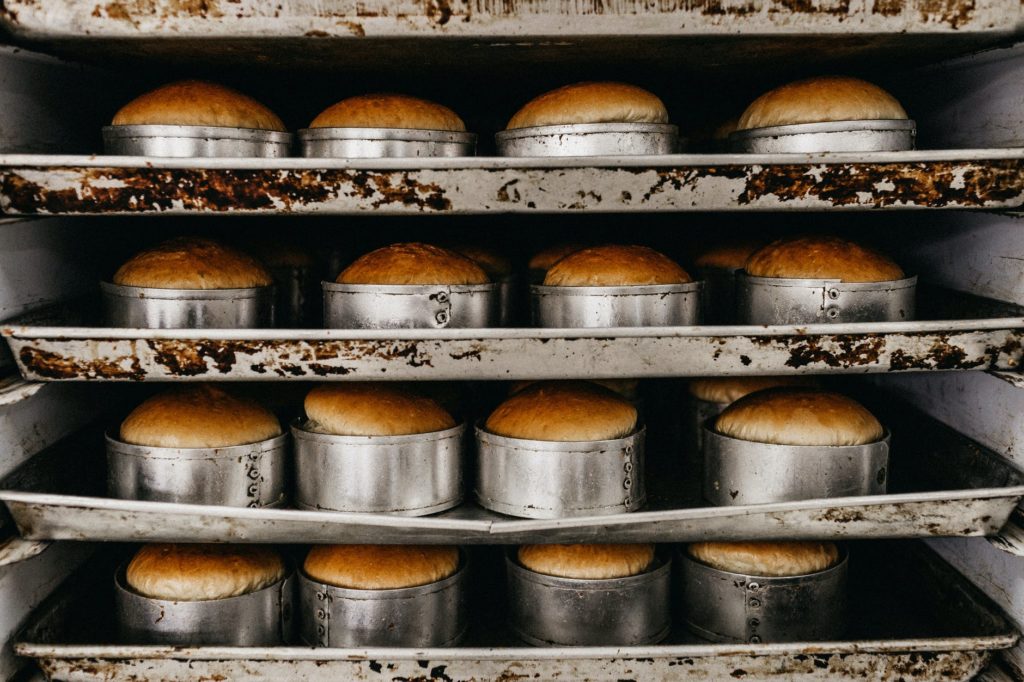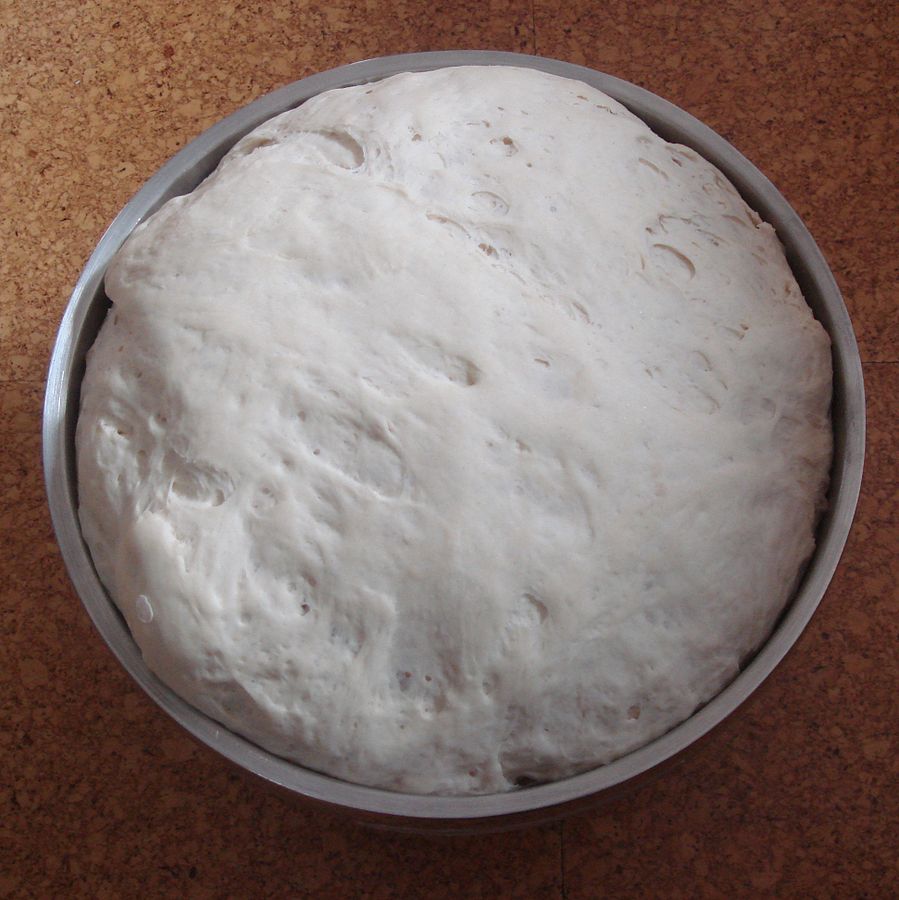
St. Andrew’s Day isn’t just the feast day of Andrew the Apostle, it’s Scotland’s official national day. What better time to share seven bonnie Scots words that should be used more often?
crabbit
“The old are crabbit, and they do be thinking more of draining a field, or of the price of flax, nor of the pain and delights of love.”
Brian Oswald Donn-Byrne, The Wind Bloweth, 1922
Why say crabby when you can say crabbit? Named for the crooked movements of the crab, this word first came about in the 15th century, says the Oxford English Dictionary (OED).
geggie
“‘Mah dear wumman,’ he said patiently, ‘will ye kindly shut yer geggie?’”
W. Miller, Scottish Short Stories, 1985
The next time you want to tell someone to shut their piehole, you can say, “Shut yer geggie!” instead. This slang term for someone’s mouth is specifically from Glasgow, says the OED, and might be related to geggie or geg hole which, in the game of marbles, is the hole “into which the marbles are rolled,” or else the Scots regional term geg or gaig, which refers to a cleft or crack. The OED’s earliest citation is from the above quote in 1985.
An older meaning of geggie, also according to the OED, is a traveling theatrical show, which come from the word gag meaning lines or jokes not in a script but improvised by the performer.
couthie
“The very smell of the dog was couthie in his nose.”
George Douglas Brown, The House with the Green Shutters
Couthie meaning kindly, neighborly, or familiar comes from couth, a backformation of uncouth. While uncouth now means clumsy or unrefined, its obsolete definition is strange, foreign, or unfamiliar.
gilpy
“But I mind, when I was a gilpy of a lassock, seeing the Duke, that was him that lost his head at London.”
Sir Walter Scott, Old Mortality
This term for a “frolicsome young fellow … roguish boy [or] lively young girl” might be an alteration of galopin, according to the OED. A galopin refers to a page or errand-boy.
fantoosh
“There are quite a number who consider it more fantoosh to do their shopping in Perth.”
The People’s Journal (Dundee), Nov. 29, 1947
Fantoosh is often used disparagingly, says the OED, to mean fancy, showy, or stylish in an ostentatious or pretentious way. It’s probably a borrowing “by Scottish soldiers in France during the First World War,” coming from the French slang term, fantoche, which refers to a military uniform “that does not conform to the usual regulations,” and by extension describes something fantastical or eccentric.
kelty
“Are ye a’ cleared kelty aff?—Fill anither.”
Sir Walter Scott, Rob Roy
You know that scene in Raiders of the Lost Ark when Marion Ravenwood and her drinking competitor turn over their shot glasses after they toss back their liquor? That’s a kelty. This shouldn’t-be-obsolete term is believed to be named for a Scottish laird named Keltie who was “famous for this drinking powers,” says the OED.
sitooterie
“One item he could not do without was his wrought iron sitooterie, an arched garden arbor lined with a pair of benches.”
Wendi Winters, “Home of the Week: Professor’s Ginger Cove home a lesson plan for style and comfort,” Capital Gazette, Jan. 29, 2016
The fun-to-say sitooterie refers to “an area where people can sit outside,” says the OED, like a conservatory or gazebo. An earlier and now obsolete meaning is a “secluded area within a building where people can sit apart from others.” The word is a blend of sit, the Scots variant of out, and the suffix –ery. The OED’s earliest citation is from 1920: “The Reid Hall was suitably rigged up in unwonted ‘braws’, the ‘Sitooterie’ especially being voted a great success.”
Want more Scottish stuff? Check out these lists, Under the Kilt and Scots Words.
